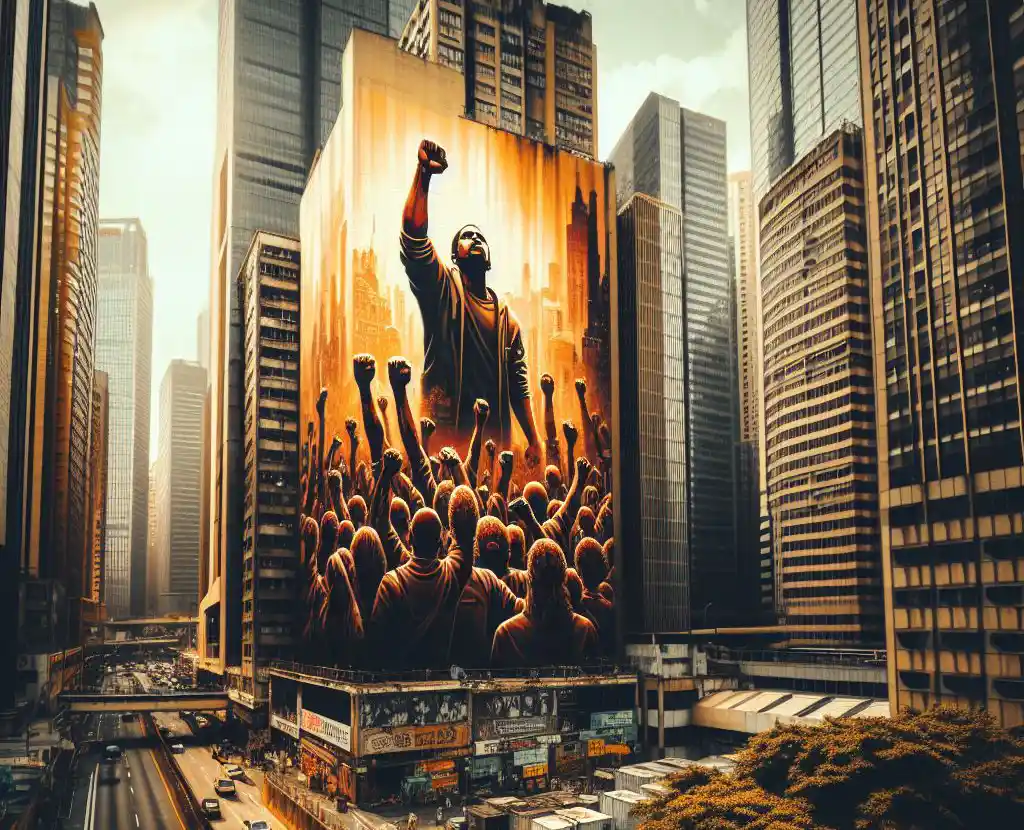The Black Lives Matter (BLM) movement, symbolized by the widely recognized BLM flag, has been a pivotal force in driving societal change. This article delves into the perspectives surrounding the BLM movement and critiques from various angles, including insights on the activist who co-founded BLM, as reported by the New York Times (NYT). Our goal is to provide a balanced view, examining both the achievements and the critiques of the movement.
Moreover, this balanced approach acknowledges that while the BLM movement has achieved significant milestones in raising awareness about racial inequality and injustice, it has also faced scrutiny regarding its organizational structure, financial transparency, and adaptability in diverse cultural contexts.
Understanding the multifaceted nature of the BLM movement and its critiques is essential for fostering constructive conversations and driving continued progress towards racial equality and justice. It emphasizes the importance of open dialogue and evolution within social activism to address ongoing challenges effectively.
The Genesis of BLM Flag: A Revolutionary Symbol
The BLM flag emerged as a symbol of resistance and solidarity in the fight against racial inequality and injustice. The movement gained momentum following the acquittal of Trayvon Martin’s shooter in 2013, leading to a global conversation about racial issues.
Moreover, the activist who co-founded BLM, as profiled by the NYT, was instrumental in this genesis, setting the stage for a worldwide movement that continues to advocate for racial justice and equality.
Activist Insights: The NYT Perspective
The New York Times has provided extensive coverage of the BLM movement, particularly focusing on its co-founders. The insights into the lives, motivations, and actions of these activists reveal a deep commitment to social justice but also highlight the complexities and challenges within the movement.
Furthermore, this critical examination by the NYT offers a nuanced understanding of the people behind the BLM flag, shedding light on both their successes and the obstacles they face in the pursuit of racial equality and justice.
Critiquing BLM: A Constructive Approach
While acknowledging the significant impact of the BLM movement, it is crucial to engage in constructive critique. Critics argue that the movement, at times, may oversimplify complex societal issues or inadvertently overshadow other important social causes.
Moreover, by examining these critiques, we can better understand the multifaceted nature of social activism under the BLM flag, fostering productive conversations and improvements within the movement.
BLM’s Global Influence and its Limitations
The BLM movement’s global influence is undeniable. However, the activist strategies and messaging that resonate in the United States may not always translate effectively in different cultural contexts.
This disparity raises questions about the adaptability and universality of the movement’s approach, as symbolized by the BLM flag, prompting discussions on how to best address racial inequality and injustice on a global scale while respecting cultural nuances.
Financial Transparency and Organizational Challenges
One significant critique of BLM centers on financial transparency and organizational structure. Questions have been raised about the management of funds and the clarity of the movement’s goals.
Moreover, the activist who co-founded BLM, as reported by the NYT, faces the challenge of addressing these concerns while maintaining the momentum of the movement, ensuring accountability and long-term sustainability.
Conclusion: The Future of BLM and Racial Justice Movements
The BLM movement, represented by the BLM flag, has been a transformative force in modern activism. While it has successfully brought attention to crucial issues of racial injustice, the movement also faces critiques that demand attention.
Furthermore, the future of BLM and similar movements will likely hinge on their ability to address these critiques constructively while staying true to their core mission of advocating for racial equality and justice. This ongoing dialogue and adaptability are essential for continued progress.
Check out our featured articles: https://bangor.today/c/spotlight/featured/
Here is a Wiki to check out: BLM – Wikipedia
Table of Contents






